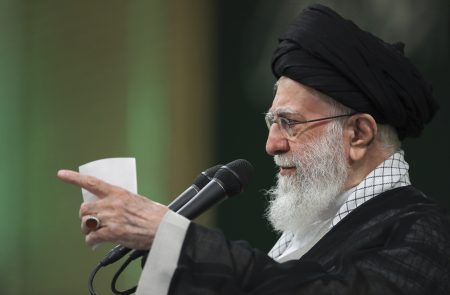The recent assassination of Hamas’s leader has the potential to shift the dynamics of the Israel-Palestine conflict. With Hamas’s leader no longer in power, Israel may view this as a significant victory and be more inclined to agree to a cease-fire. Additionally, the new leadership within Hamas may be more open to compromise, potentially paving the way for peace talks. However, despite these potential developments, it is unlikely that either side will immediately change course in their approach to the conflict.
The killing of Hamas’s leader could provide a window of opportunity for Israel to claim a strategic victory in the conflict. By eliminating a key figure within Hamas, Israel may see this as a significant blow to the group and potentially leverage this event to push for a cease-fire. This could be a turning point in the conflict, as a cease-fire agreement could lead to a reduction in violence and an increase in diplomatic efforts towards a lasting peace.
The new leadership within Hamas may also play a crucial role in shaping the future direction of the conflict. With the previous leader eliminated, there is an opportunity for fresh perspectives and approaches to be introduced within the organization. This could potentially lead to a more pragmatic and moderate stance towards negotiations with Israel, increasing the likelihood of successful peace talks. However, it remains to be seen how the new leadership will navigate the complex political landscape of the Israel-Palestine conflict.
Despite the potential for positive developments, it is important to note that neither side is likely to immediately change course in their approach to the conflict. Years of deep-seated animosity and mistrust between Israel and Hamas cannot be undone overnight. Both sides have entrenched positions and interests that will likely require significant effort and negotiation to overcome. Any progress towards peace will likely be slow and incremental, requiring sustained commitment from both parties.
Peacebuilding efforts in the Israel-Palestine conflict will also need to address the underlying grievances and root causes that fuel the cycle of violence. Socio-economic disparities, political disenfranchisement, and territorial disputes all contribute to the ongoing conflict. A comprehensive peace process will need to address these issues in order to create a sustainable and lasting peace. This will require the involvement of international mediators and a commitment from both Israel and Hamas to engage in meaningful dialogue and compromise.
In conclusion, the killing of Hamas’s leader may present an opportunity for Israel to claim victory and push for a cease-fire. The new leadership within Hamas could potentially be more open to compromise, leading to progress in peace talks. However, the entrenched nature of the conflict and the underlying grievances will require sustained effort and commitment from both sides to achieve a lasting peace. The road to peace in the Israel-Palestine conflict is long and challenging, but recent developments may offer a glimmer of hope for a resolution to this decades-long conflict.












